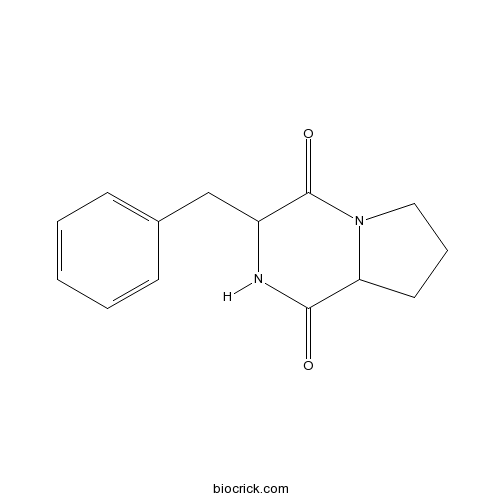Products for Miscellaneous
-
BCN1841
Lactacystin
Lactacystin, an antibiotic Streptomyces spp. metabolite, is a potent and selective proteasome inhibitor with an IC50 of 4.8 μM for 20S proteasome. Lactacystin also inhibits the lysosomal enzyme cathepsin A. Lactacystin inhibits cell growth and induces neurite outgrowth.(CAS NO.:133343-34-7)
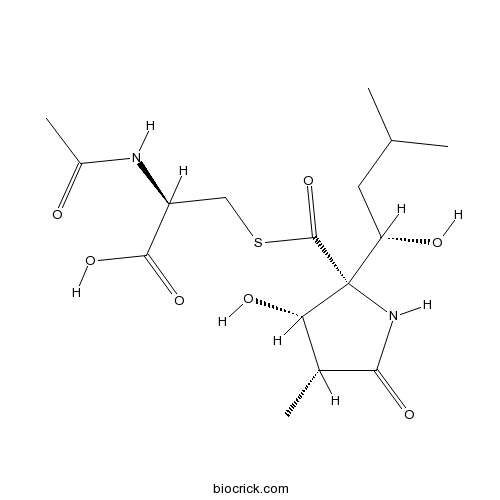
-
BCN6183
Methyl beta-D-fructofuranoside
Botanical source: The herbs of Pteris semipinnata(CAS NO.:13403-14-0)
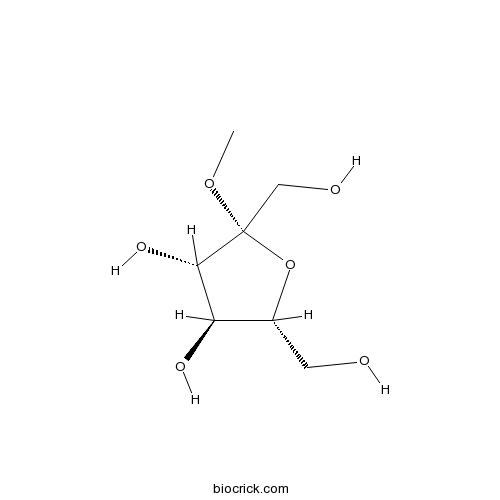
-
BCN5894
Lobetyolin
Botanical source: The root of Codonopsis pilosula(CAS NO.:136085-37-5)
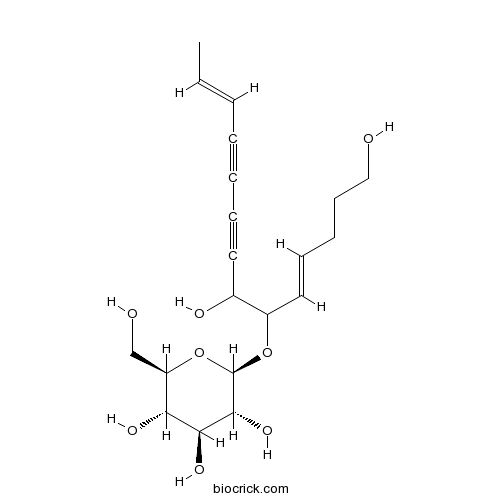
-
BCN3321
Lobetyol
Botanical source: The roots of Codonopsis pilosula(CAS NO.:136171-87-4)
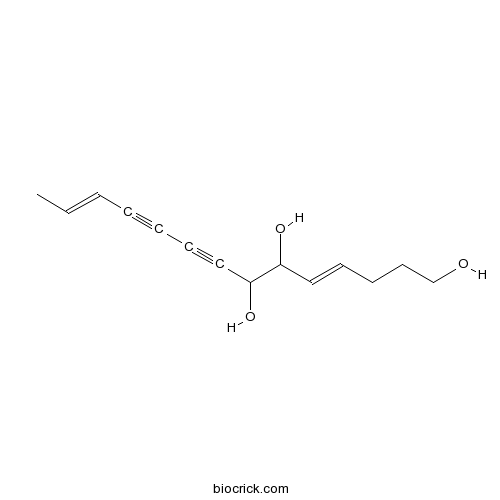
-
BCN7916
Isophysalin A
Botanical source: The herbs of Physalis alkekengi(CAS NO.:1363398-67-7)
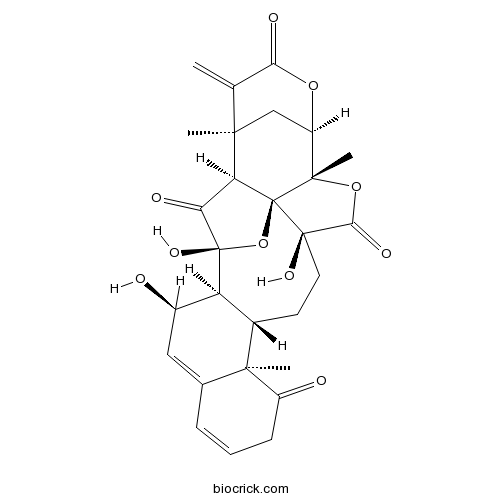
-
BCN6200
Shikimic acid
Shikimic acid is a key metabolic intermediate of the aromatic amino acid biosynthesis pathway, found in microbes and plants.(CAS NO.:138-59-0)
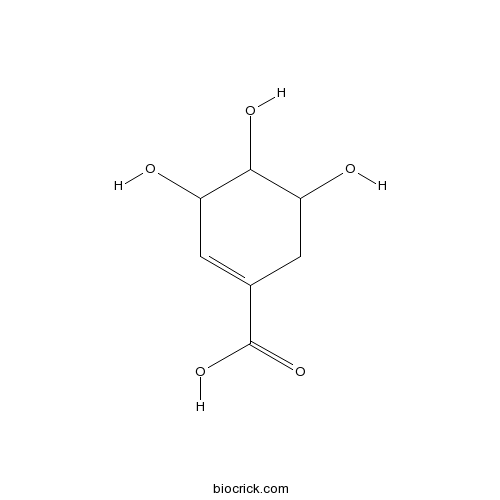
-
BCN2165
Agomelatine
Agomelatine (S-20098) is a specific agonist of MT1 and MT2 receptors with Kis of 0.1, 0.06, 0.12, and 0.27 nM for CHO-hMT1, HEK-hMT1, CHO-hMT2, and HEK-hMT2, respectively. Agomelatine is a selective 5-HT2C receptor antagonist with pKis of 6.4 and 6.2 at native (porcine) and cloned, human 5-HT2C receptors, respectively.(CAS NO.:138112-76-2)
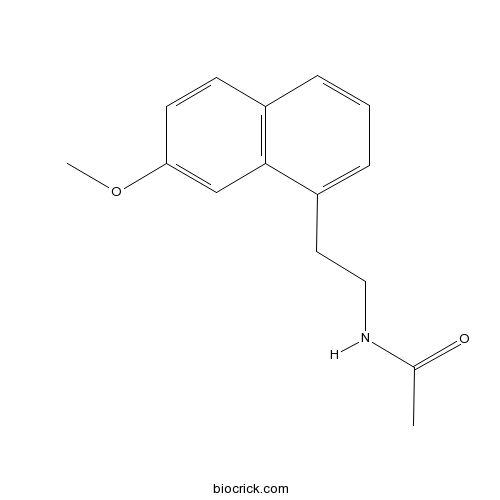
-
BCN2242
7-Methoxy-1-naphthylacetonitrile
Botanical source: (CAS NO.:138113-08-3)
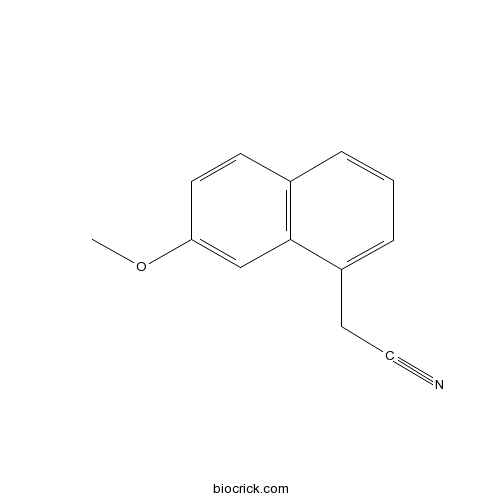
-
BCN1574
2-(7-Methoxy-1-naphthyl)ethylamine hydrochloride
Botanical source: (CAS NO.:139525-77-2)
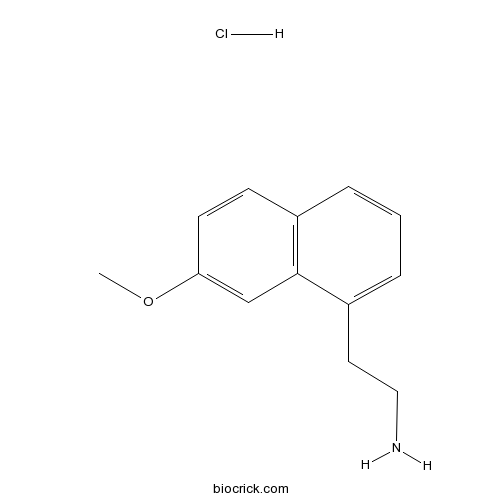
-
BCN2564
Amphotericin B
Amphotericin B is a polyene antifungal agent against a wide variety of fungal pathogens. It binds irreversibly to ergosterol, resulting in disruption of membrane integrity and ultimately cell death.(CAS NO.:1397-89-3)
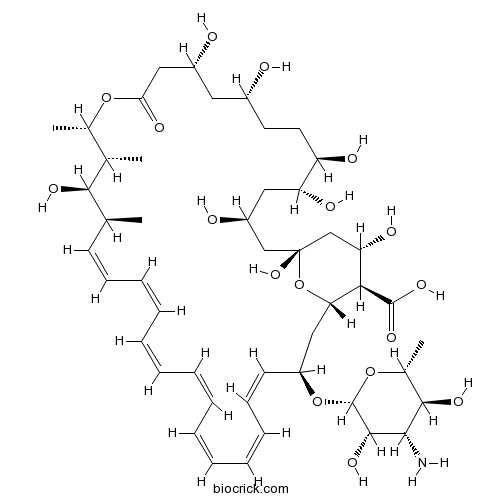
-
BCN6221
11-Hydroxyjasmonic acid
Botanical source: The herbs of Stephania japonica(CAS NO.:140447-14-9)
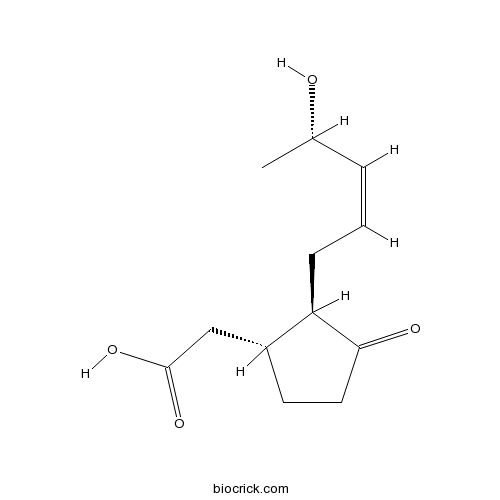
-
BCN6224
12-Hydroxyjasmonic acid
Botanical source: The herbs of Stephania japonica(CAS NO.:140631-27-2)
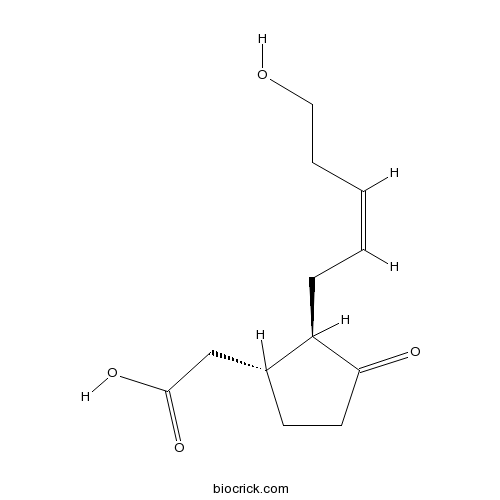
-
BCN3322
Lobetyolinin
Botanical source: The roots of Codonopsis pilosula(CAS NO.:142451-48-7)
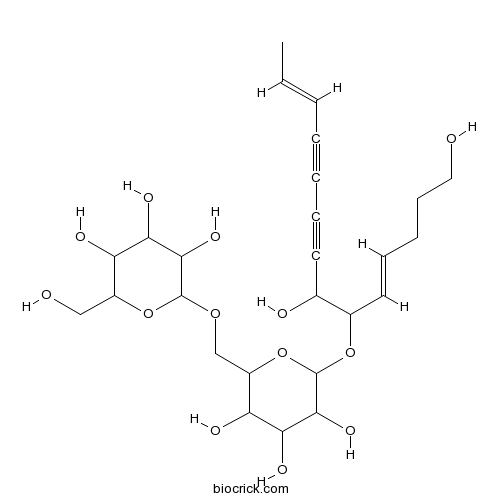
-
BCN2635
Lauric acid
Lauric acid is a middle chain-free fatty acid with strong bactericidal properties. The EC50s for P. acnes, S.aureus, S. epidermidis, are 2, 6, 4 μg/mL, respectively.(CAS NO.:143-07-7)
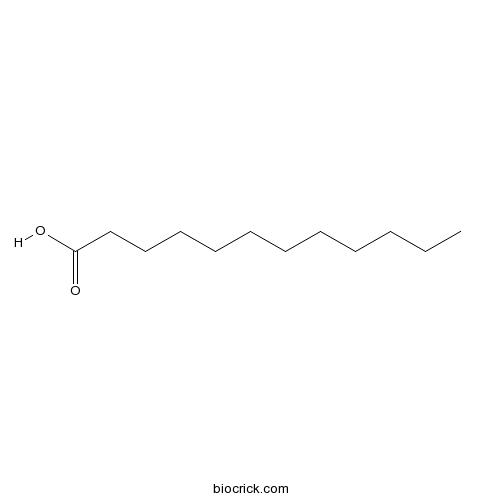
-
BCN1283
Phytic acid sodium salt hydrate
Phytic acid sodium salt (myo-Inositol; hexakis dihydrogen phosphate; Inositol hexaphosphat) is often present in legume seeds with antinutritional effects. Phytic acid sodium salt is a [PO4]3- storage depot and precursor for other inositol phosphates and pyrophosphates. phytic acid is hydrolyzed by phytases in a stepwise manner in the plant.(CAS NO.:14306-25-3)
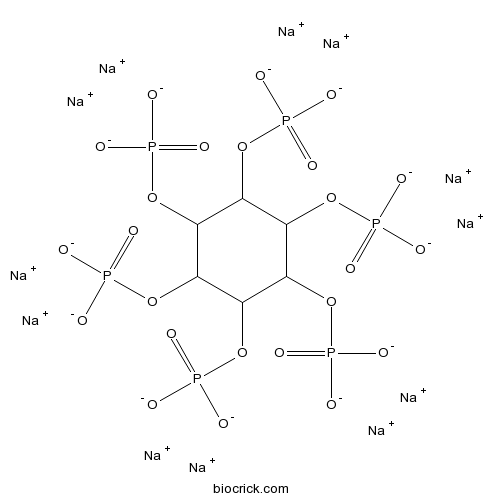
-
BCN2433
Cyclo(Leu-Leu)
Botanical source: The Pantoea agglomerans(CAS NO.:1436-27-7)
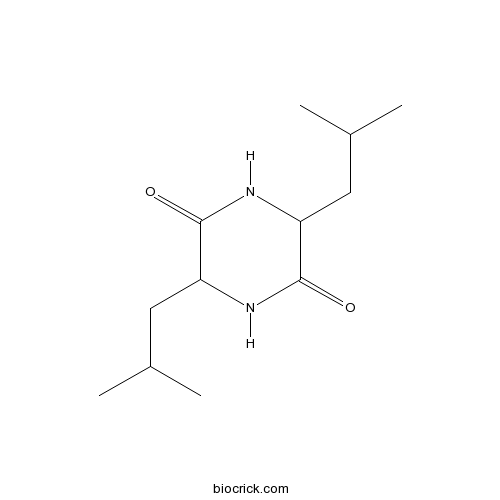
-
BCN2380
Zeaxanthin
Zeaxanthin, a diet-obtained carotenoid, presents in the macula region of the eye. Zeaxanthin shows antioxidant effects.(CAS NO.:144-68-3)
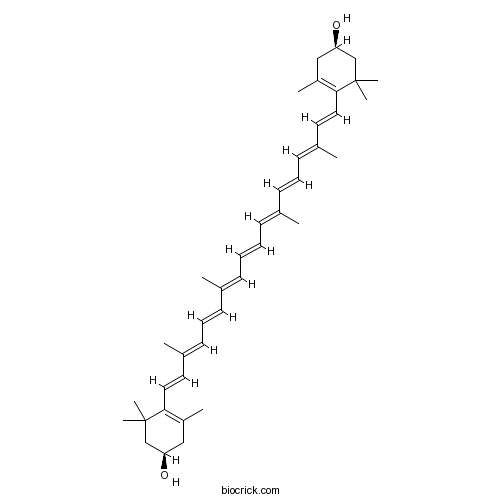
-
BCN2263
Indoxacarb
Botanical source: (CAS NO.:144171-61-9)
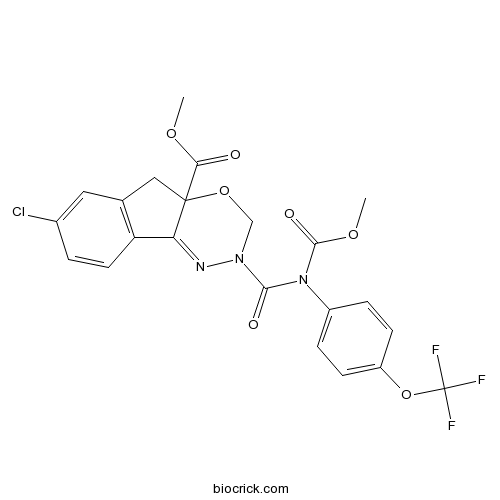
-
BCN2419
Cyclo(Phe-Val)
Botanical source: The Penicillium oxalicum(CAS NO.:14474-71-6)
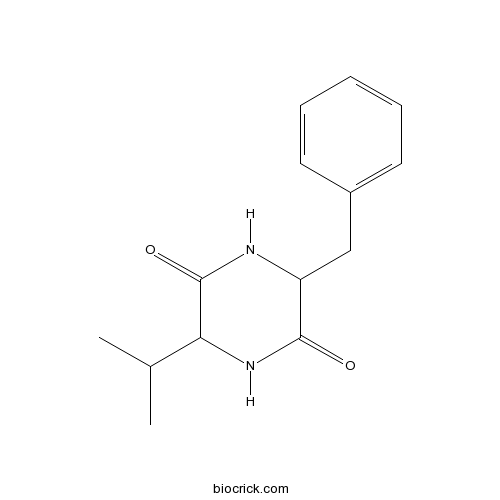
-
BCN2411
Cyclo(Ala-Phe)
Botanical source: The roots of Rubia schumanniana Pritzel(CAS NO.:14474-78-3)
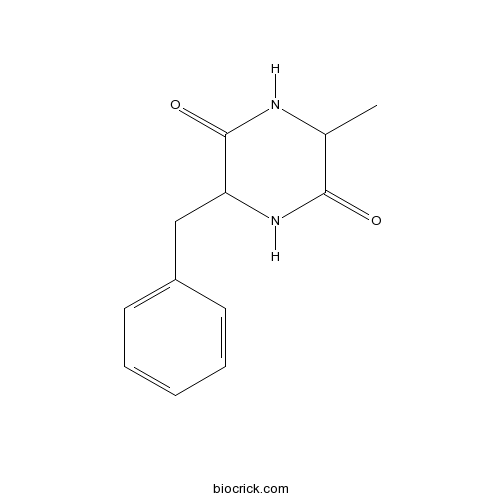
-
BCN2768
Heterophyllin B
Heterophyllin B is an active cyclic peptide isolated from Pseudostellaria heterophylla. Heterophyllin B provides a novel strategy for the treatment of esophageal cancer.(CAS NO.:145459-19-4)
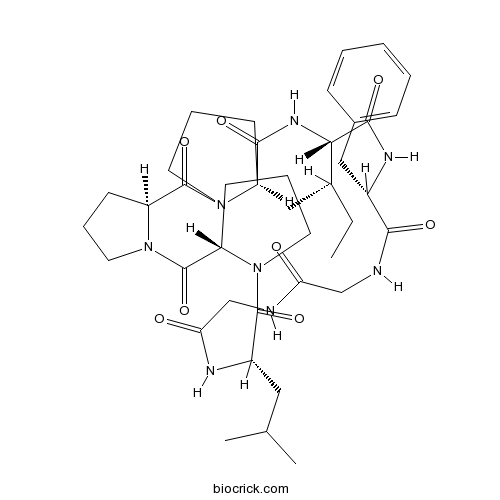
-
BCN1763
2-(Methylamino)ethylphosphonic acid
Botanical source: The Anthopleura xanthogrammica(CAS NO.:14596-55-5)
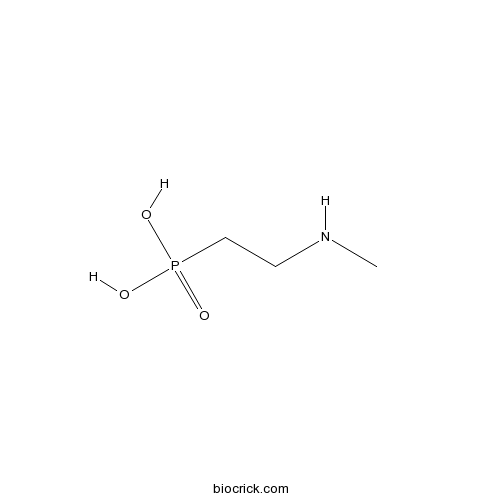
-
BCN1764
2-Dimethylaminoethylphosphonic acid
Botanical source: The Anthopleura xanthogrammica(CAS NO.:14596-56-6)
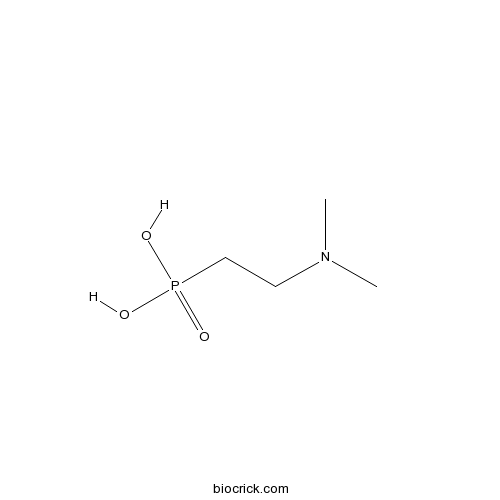
-
BCN2657
2-Bromo-1-(3-thienyl)-1-ethanone
Botanical source: (CAS NO.:1468-82-2)
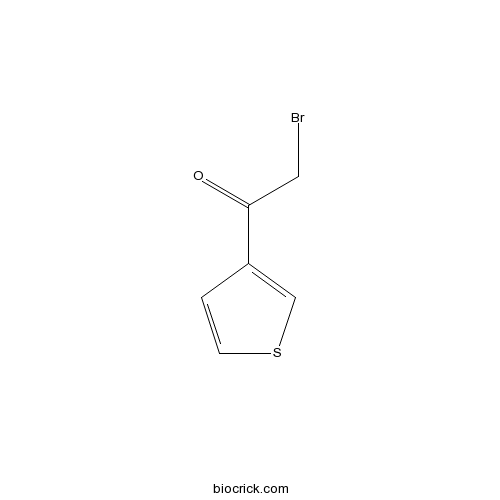
-
BCN2416
Cyclo(Phe-Pro)
Cyclo(Phe-Pro) (Cyclo(phenylalanylprolyl)), a Vibrio vulnificus quorum-sensing molecule, inhibits retinoic acid-inducible gene-I (RIG-I) polyubiquitination, through its specific interaction with RIG-I, to blunt IRF-3 activation and type-I IFN production. Cyclo(Phe-Pro) (Cyclo(phenylalanylprolyl)) enhances susceptibility to hepatitis C virus (HCV), as well as Sendai and influenza viruses.(CAS NO.:14705-60-3)
